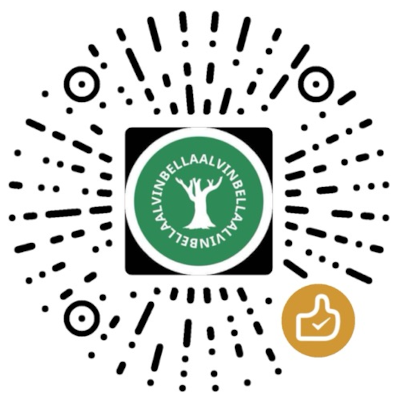Store

Blender
0
Jan. 2, 1994
Overview
Blender is a free, open source (GPL v2+) 3D creation suite launched in 1988 that supports modeling, animation, rendering, and video editing. It is cross-platform (Windows, macOS, and Linux) and can be used to create films, games, and web assets.
History and Development
Founded: 1988, by Ton Roosendaal of NeoGeo.
Important Milestones:
- 1998: Blender 1.0, proprietary.
- 2002: GPL open source.
- 2018: Version 2.80 introduces Eevee and a new UI.
- 2024: Version 4.2 LTS adds GPU compositing.
- 2025: Version 4.3 enhances Metal, EEVEE-Next.
Status: Driven by the Blender Foundation, funded by donations, hosted on GitLab.
Main Features
- Modeling: polygons, sculpting, geometry nodes.
- Rendering: Cycles (ray tracing), Eevee (real-time), Workbench.
- Animation: keyframes, rigging, graph editor.
- Simulation: cloth, fluids, smoke simulation via MantaFlow.
- Video Editing: video sequence editor for editing and effects.
- Motion Tracking: camera/object tracking for visual effects.
- Python API: automation, plugins (BlenderKit, Rigify).
- File Formats: FBX, OBJ, glTF, PNG, USD.
- Plugins: community driven, customizable UI.
- Hardware: GPU support (CUDA, Metal, HIP).
Advantages and Limitations
Advantages
- Free, open source (GPL v2+).
- Comprehensive 3D pipeline.
- Cross-platform.
- Active community, rich tutorials.
- Python API for automation.
- Professional-grade output.
Limitations
- Steep learning curve.
- Cycles rendering is slow.
- No built-in game engine.
- Weird file format.
- High resource usage.
- Documentation has some flaws.
Summary
Blender is a powerful 3D suite for creating assets, animations, and VFX, perfect for Django projects that need 3D logos or WebGL elements. Its open source nature and cross-platform support fit in with privacy-conscious workflows, but its complexity requires learning.




 3D Slicer
3D Slicer
 Darktable
Darktable
 Inkscape
Inkscape
 Gimp
Gimp
 Krita
Krita





